
“It was such an amazing trip. I felt totally safe there. The security is pretty amazing. They’re always preparing for the worst but [the worst] could happen here, it could happen anywhere.
The people in Israel were amazing. Even the taxi drivers were amazing. You could ask them any question and they were totally open to answering. Everybody we came across, they’re loving people, they love their country. In Israel you have all types of religions living side by side. They have their own communities, but they get along.
Our entire trip was planned through the Community Jewish Center. I’m not Jewish, but my husband is. We had 22 people in our group. I traveled with family and friends through the Jewish Community Center. We chit-chatted the whole way through. My husband, daughter and extended family were among the group.
As far as traveling and visiting all the sites, we had a bus and the same bus driver the whole time we were there. Sometimes we did things on our own. But it was great to have everything organized. The Jewish Center hired Oded Mandel with Tour Guide to be our tour guide. We took the trip to Israel in October 2017. Some people extended the trip to Milan, Jordan and Petra, which was beautiful.
Flying to Israel and the Ben Gurion Airport
The great thing about traveling to Israel, you can hire a guide through [the airport’s VIP service]. They whizz you through all the lines. They take care of everything, including baggage. It was the easiest thing. Even leaving for Israel and going to Spain, they took care of all the tickets so we didn’t have to.
We almost missed our connecting flight though. When you travel, make sure your connecting flights are far apart. We had to go to a different terminal and almost didn’t make it. I would suggest the layover be two hours or more.

- I would make sure you take a carry-on with extra clothes, tooth brush and other necessities needed in case your luggage doesn’t make it.
- Stores and mostly everything is closed on Friday late afternoon into Sunday due to Shabbat. Plan accordingly.
- Make sure your layover is two hours or longer. We almost missed our connecting flight.
- Bring a Shawl. It’s not needed in Tel Aviv, but you’ll need to be covered throughout parts of Israel, especially at the historical sites.

Day 1 – We got to Israel on Friday evening. Our luggage didn’t arrive. And the next day was Shabbat. Stores and mostly everything is closed on Friday late afternoon into Sunday due to Shabbat. So we didn’t have our luggage and couldn’t buy clothes or even toothbrushes. Everything reopens on Sunday. But it didn’t matter. We were in Israel and we were just like it is what it is.

We hired somebody to pick us up at the airport who took us to the hotel. We checked into the King David Hotel and had a Shabbat dinner. The King David Hotel is a historical building. I would recommend that hotel to anyone. The buffet was amazing and the coffee was amazing as well.

Day 2 – It was still Shabbat in Jerusalem. We walked through the Old City with our guide and visited the Christian Quarter and strolled through the Arab Shuk, which is a marketplace. We had Shabbat lunch at Bulghourji, a lovely Armenian restaurant. We participated in Havdalah overlooking the Old City at the famous Montefiore Windmill. Walked to dinner at the Touro Restaurant in the Jerusalem Press Club and heard speaker Khlaed Abu Toameh, an award-winning Arab-Israeli journalist and film producer speak.

The Western Wall, or the “wailing wall” as they say, was amazing. You could feel the love everybody had. This is where they write notes and stick prayers on the wall. The wall is divided so you have the men on one side and the women on the other. Before women weren’t even allowed to pray near the wall, but now they are. They do Bar Mitzvah’s at the wall. And they were doing one when we went there. I felt a strong feeling being there.

Day 3 – After breakfast, we went with a tour guide to see the Security Fence winding through neighborhoods of Jerusalem. Then left Jerusalem and drove east through the Judean Desert, arriving at the mountain-top fortress of Masada for an in-depth tour of the site. We ascended the cliff top fortress by cable car. From the top of Masada, the outlines of the Roman encampments are still visible below.

Masada is this mountain that the Romans chipped away at and basically built a huge city out of this huge rock. There’s actually a movie made about that and the story applies. No one knows what happened to the people, but the original dwellers no longer exist.

After Masada, we went to the Dead Sea. The Dead Sea was amazing. You literally float on the water. It feels like you have a bunch of floaties on you. You lift your feet up and you pop up. You’ll literally turn over. But if you turn over, you have to be careful to lift your head because the sodium will burn your eyes. If you do get salt in your eyes, you need to rinse it out with cool water. It was just great to lay in the Dead Sea. I was flipping around. There’s certain spots that are really warm and other areas that are cool.

Nothing at all lives in the Dead Sea. I mean it’s really weird. When you’re cruising the coast, it looks like waves are crashing but it’s just salt forming. It’s really bizarre. That was one of the most amazing things. The water is not clear. It’s murky. There’s salt covering the entire bottom. There’s salt forming all over the bridge. So when you go in, you have to be careful. Then we went to Herod’s Hotel on the shore of the Dead Sea for an afternoon of R&R.

Day 4 – After breakfast, we checked out of hotel. Went to the Old City and walked the ramparts from Jaffa gate to Zion Gate. Jaffa is a must see. Lots of small shopping stores with great unique things to purchase and cute small restaurants and cafes. We yelped a lot of the places, which ended up being really good and asked the hotel employees as well.

We toured the Jewish Quarter. Then visited Yad Vashem, the Memorial and Museum of the Holocaust. There was this huge wall at the museum. It was overwhelming. We had a guide that shared her personal story in Germany. During the Holocaust, they would throw their children over the wall in hopes that a family would take their child in. The odds were better outside the walls. There’s so many horrific stories on the walls. There were all these pictures of names of people who had died.

Next, we visited Safed, the mystical city of the highest mountain in the area by helicopter. It’s a three-hour ride. Safed had a lot of synagogues. It was great to see places where Jewish people worship and preach. You’re not usually allowed to go into them but they were open on this occasion. One synagogue had three different rooms, all different. They have a main shrine in the middle. There was also a place where you can sit and worship and actually write things.

Walking through and seeing the structures was amazing. I like the Old City of Safed a lot better. Jerusalem is amazing but it’s more updated I would say. The shopping areas, it’s just like the shopping areas [in Los Angeles]. Safed on the other hand had more of an old historic feel. Everyone was super friendly. Store owners were helping each other out. You see a lot of Orthodox Jews and a bunch of different ethnicities. After seeing the Old City, we drove to Tel Aviv and checked into David Intercontinental Hotel.

Day 5 – After breakfast drove to Herziliya. Herziliya was a different feel than Israel. It was kind of like a hippie vibe, very relaxed environment. The outside market is a must-see.

Took an awesome helicopter ride across the country to Golan Heights. Then toured the area and arrived at Mount Bental by jeep, which overlooks Syria. We walked through the army bunkers and saw how Israeli soldiers lived during times of war. Then had lunch and wine tasting at the Assaf Winery.

The winery was great. We tried different wines. We were in the different casks and got to see where they did everything. They had this long table where everybody sat and had dinner. They fed us family style. Everything we ate [in Israel] was pretty much family style.
Then returned back to Herziliya by helicopter and then to Tel Aviv. We didn’t go to Sarona but part of our group did and said it was modern and hip, the new “in” area of restaurants and shops in Tel Aviv.

Day 6 – We drove to Arad for an authentic Bedouin dinner in Drejat Caves. We actually had dinner there, inside a cave that used to be one gentleman’s home. He doesn’t live there anymore, but his family and animals used to sleep and live there. Now he sets up dinners like parties for people. They had a table for us to sit. They provided lots of small dishes. We got some fruits and vegetables in one. There was always hummus.

Sat in the very caves as the first settlers who made their home in ancient cave dwellings, carved deep into the solid rock. The settlement was founded next to a famous biblical path on which Abraham, Isaac, and Jacob traveled from Beit El and Hebron south to Beer Sheba, the Negev, and on to Egypt as related in the book of Genesis. Then back to Tel Aviv.

Day 7 – We went to the new hebrew city of Tel Aviv. Visited Independence Hall after breakfast. This is the site of the signing of Israel’s Declaration of Independence on May 14, 1948. Then went to the Milk & Honey Whiskey Distillery for a tour and tasting. The Milk & Honey Distillery is a hidden gem among the workshops and warehouses of the small industrial zone on the border of Tel Aviv and Jaffa, right by the Bloomfield Soccer Stadium. Whiskey-making is a special process that involves all senses. Moreover it requires craftsmanship that is soaked with history, combining science, technology and handwork. Then had a falafel lunch.
Next was a tour of the new Herta and Paul Amir Building of the Tel Aviv Art Museum. Inaugurated in the fall of 2011, which doubled the museum’s exhibition space. Designed by American architect Preston Scott Cohen, this innovative building is an international landmark at the center of Tel Aviv, Israel’s cultural capital. The Tel Aviv museum itself had more modern art. Then we returned back to the hotel and departed to Ben Gurion Airport.
Day 8 – On to Eilat. Took a domestic hour-long flight to Eilat from Sde Dov Domestic Airport in Northern Tel Aviv. Stayed at the Royal Beach hotel in Eilat.

Day 9 – Took a 2-hour drive to Petra via Aqaba and reached the small town of Wadi Moussa / Petra. The entrance to Petra was through Al-Siq, a winding trail at the bottom of a natural deep canyon. At the end, it reveals the famous Treasury monument.
Petra was amazing. It is an archaeological site in Jordan, lying in a basin among the mountains which form the eastern flank of Wadi Araba, the great valley running from the Dead Sea to the Gulf of Aqaba. It is famous for having many stone structures carved into the rock. The long-hidden site was revealed to the Western world in 1912. Its famous description “a rose-red city half as old as time” and the capital of the Nabateans.
We drove back to the Arava border and flew from Eilat airport back to Tel Aviv. This ended our trip.”
– As told to Travel by Word

Stay Connected
Sign up and receive travel highlights and tips from fellow globetrotters!

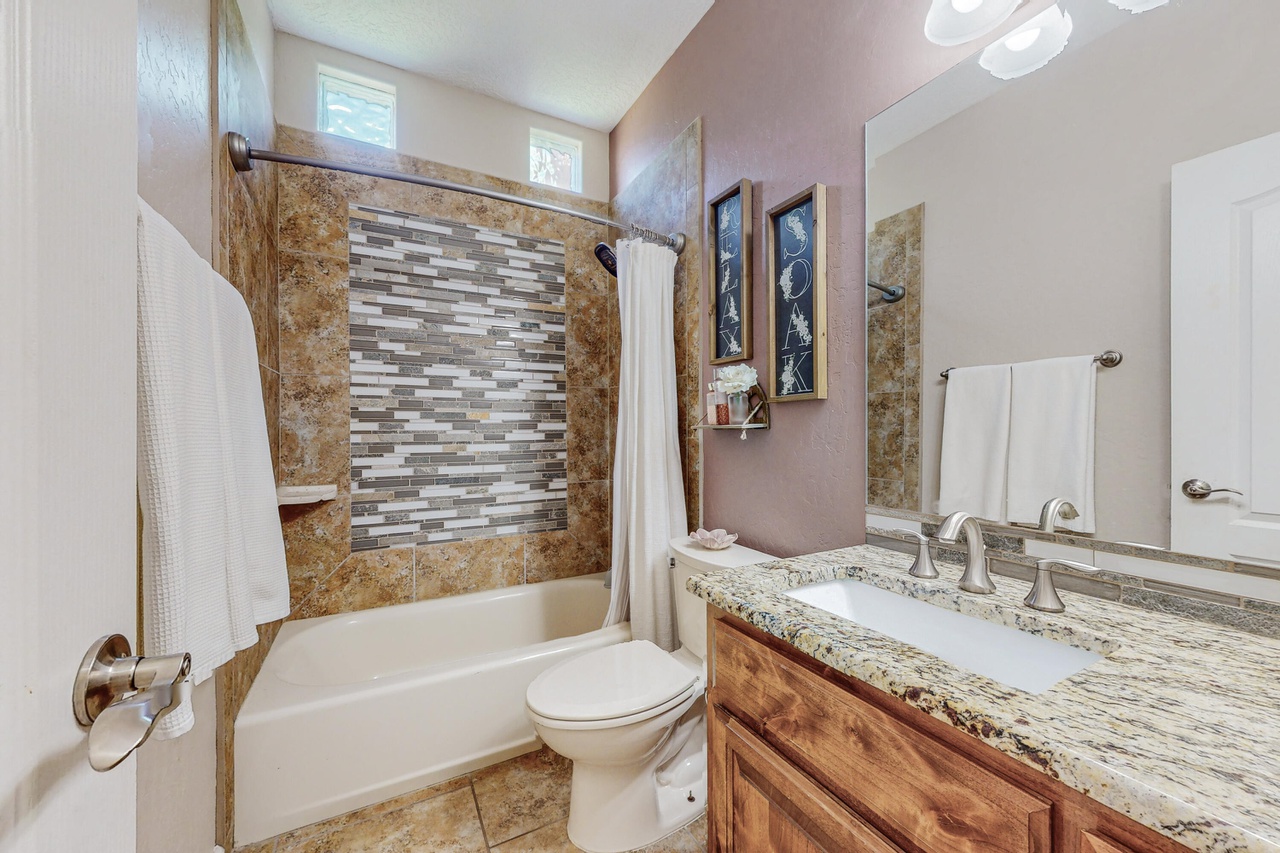
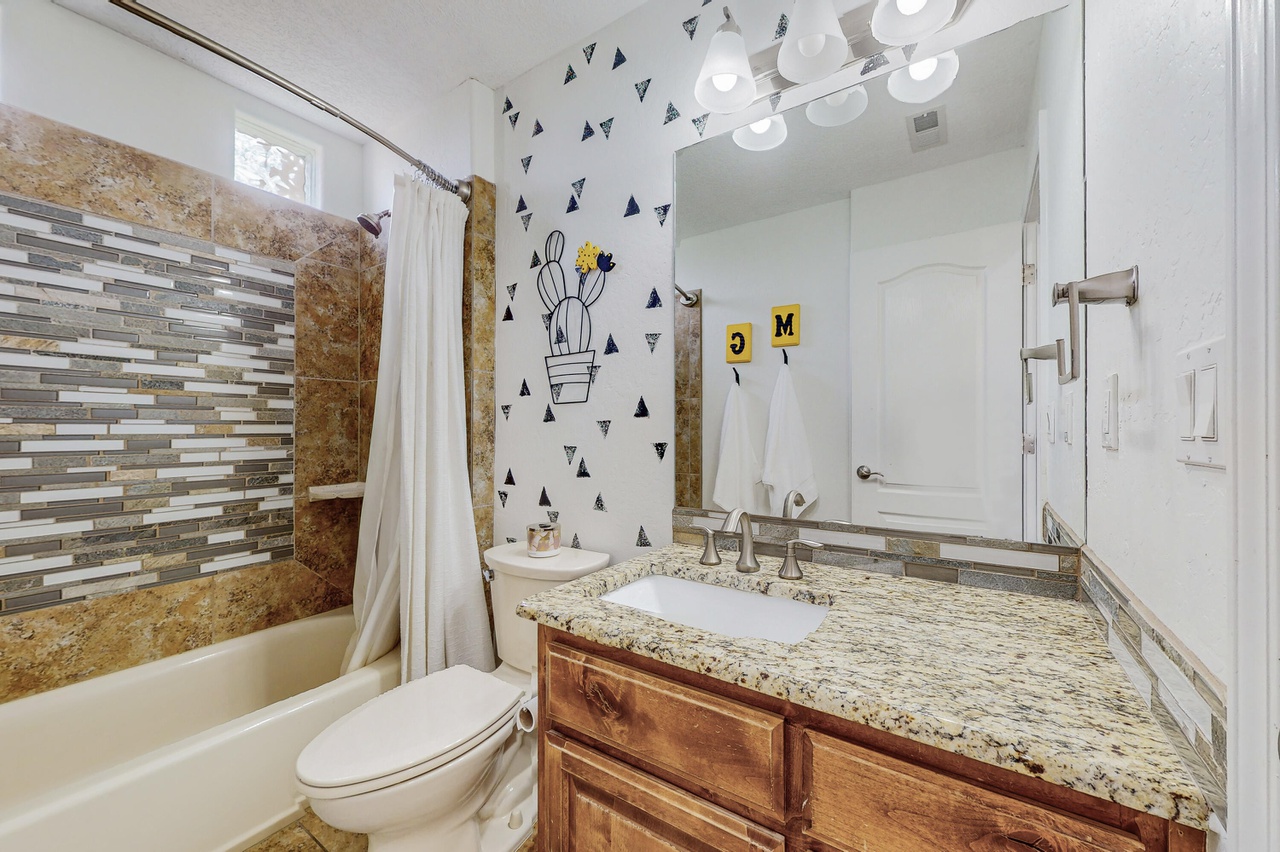
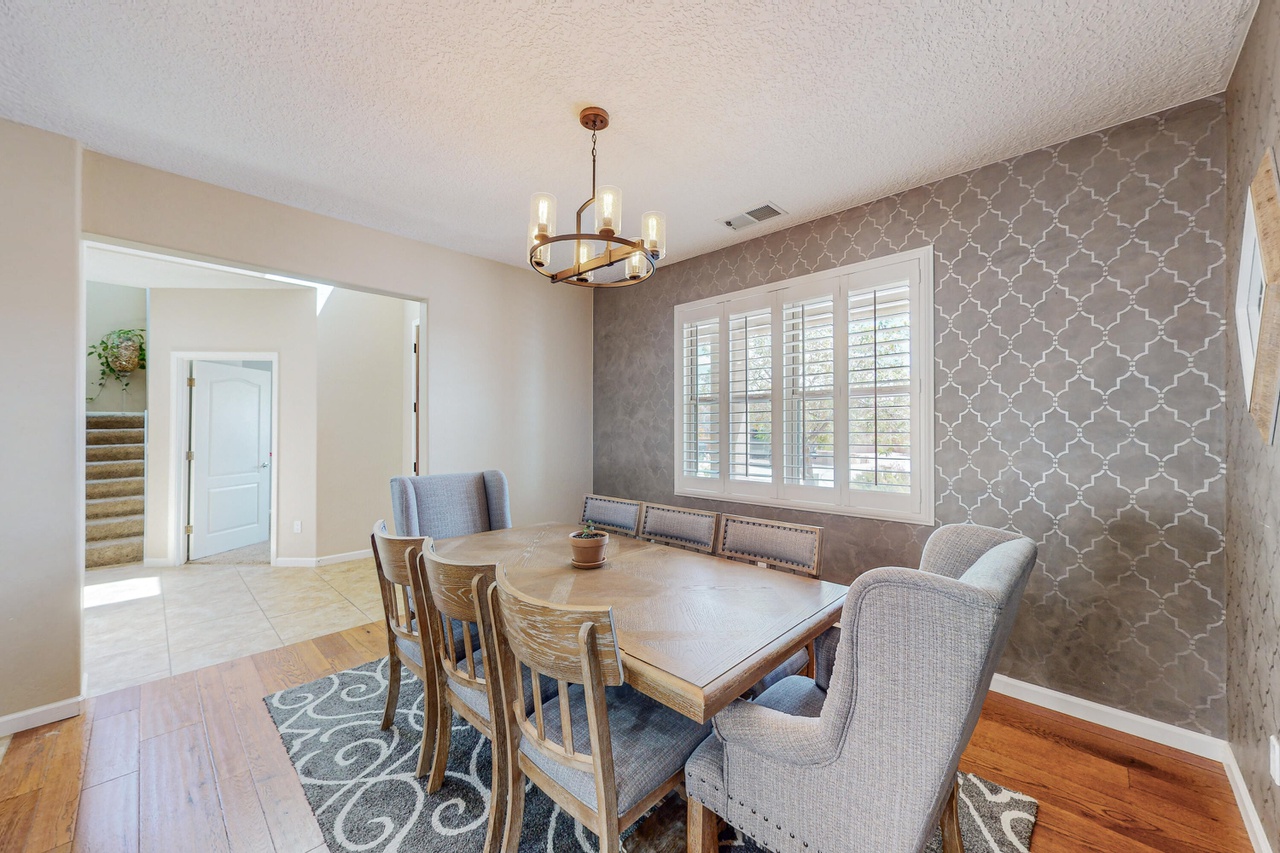
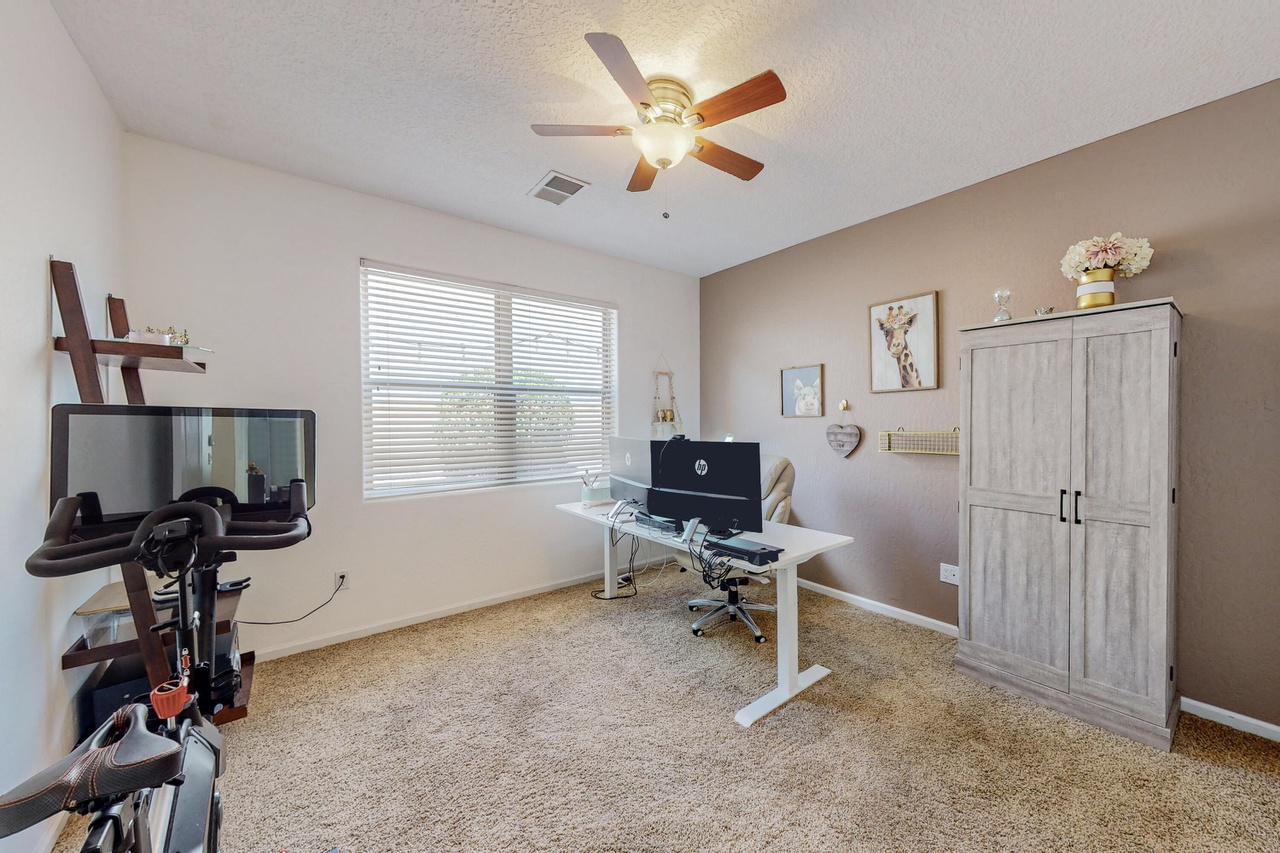
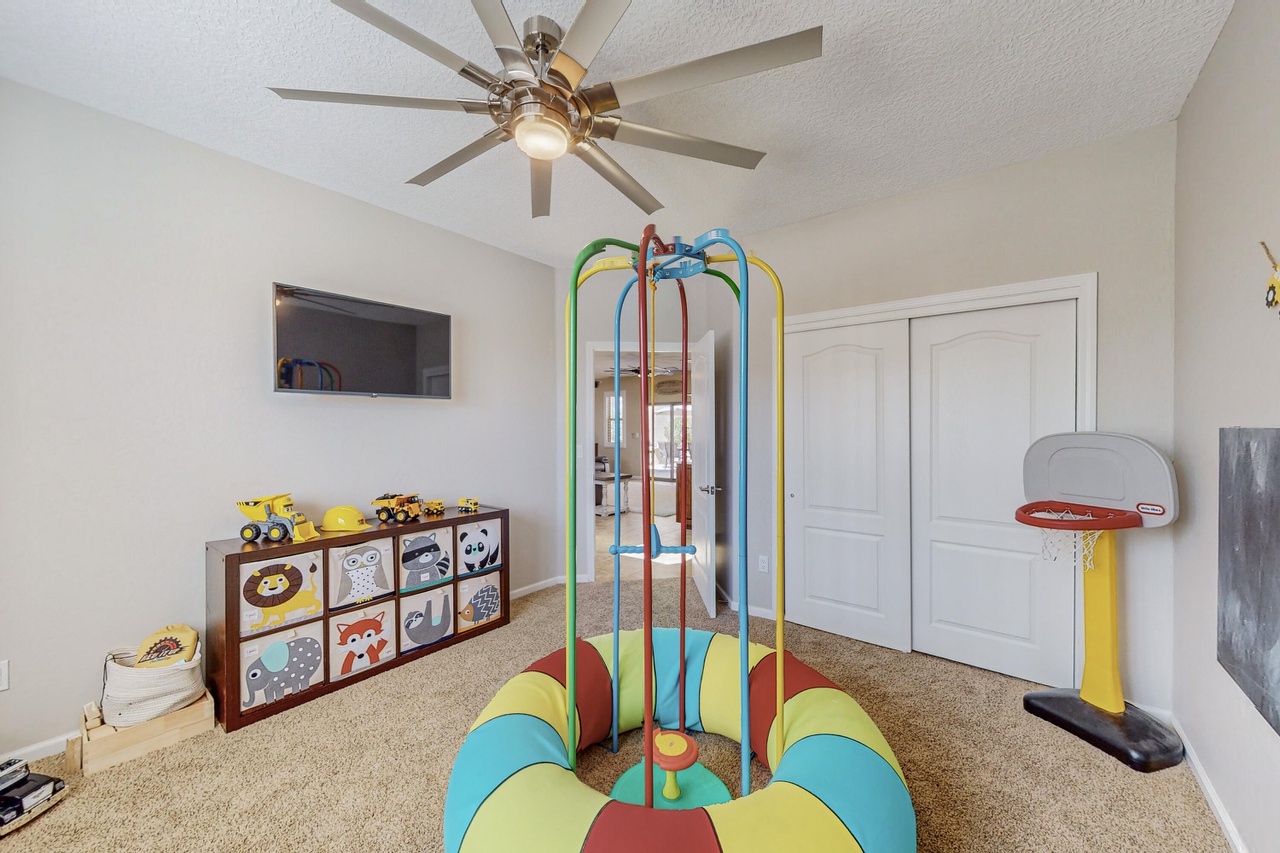
















Always wanted to go! Thanks for sharing:)